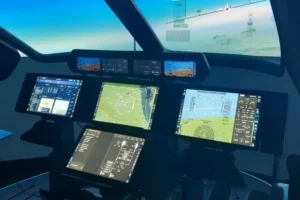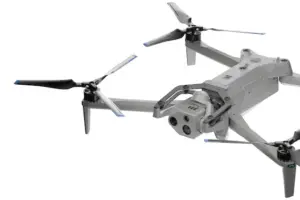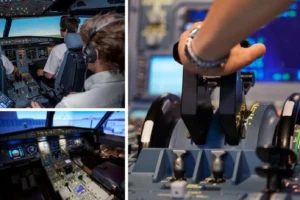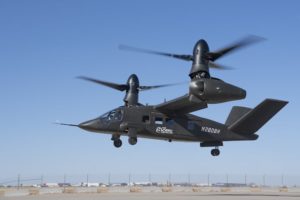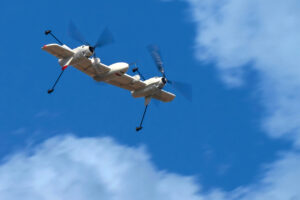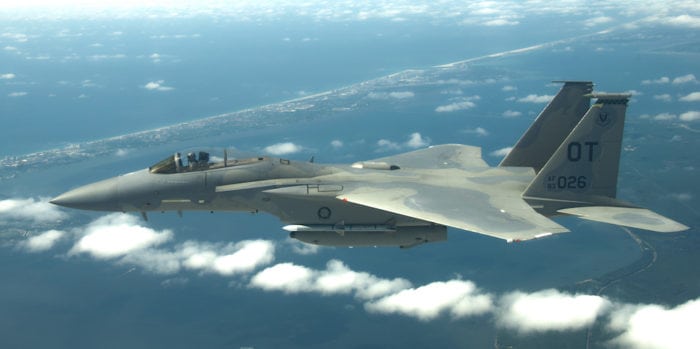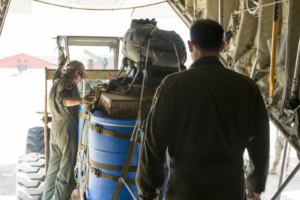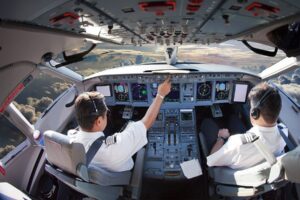What’s Trending in Aerospace – January 10, 2021
By Staff Writer | January 10, 2021
Send Feedback
Check out the Jan. 10 edition of What’s Trending in Aerospace, where editors and contributors for Avionics International bring you some of the latest headlines happening across the global aerospace industry.
Commercial
Amazon Purchases 11 Boeing 767-300 Aircraft
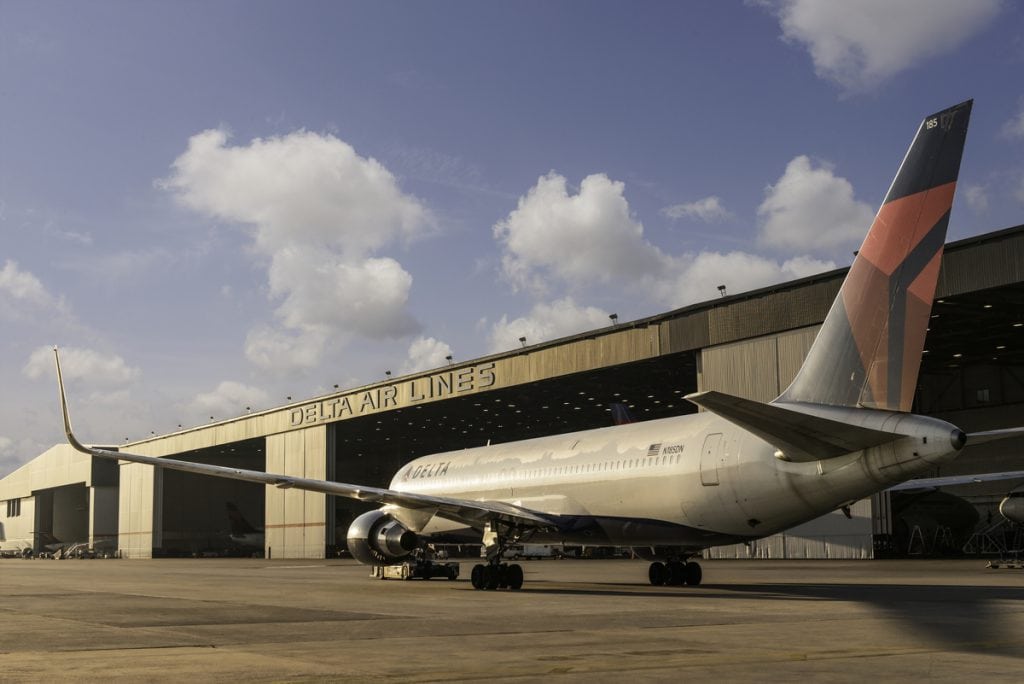
Amazon is expanding its fleet of cargo aircraft with the purchase of 11 Boeing 737-300 aircraft that will be operational in 2022, the company announced in a Jan. 5 press release. Amazon purchased seven of the aircraft from Delta and four from WestJet.
“Our goal is to continue delivering for customers across the U.S. in the way that they expect from Amazon, and purchasing our own aircraft is a natural next step toward that goal,” Sarah Rhoads, Vice President of Amazon Global Air, said in a press statement. “Having a mix of both leased and owned aircraft in our growing fleet allows us to better manage our operations, which in turn helps us to keep pace in meeting our customer promises.”
The purchase was a result of the high demand for faster shipping, Amazon said in the release. The four aircraft purchased from WestJet will join Amazon’s network in 2021 and the seven aircraft from Delta will follow in 2022. Before the aircraft can join Amazon’s network, they must be converted from passenger to cargo aircraft.
Airbus Releases 2020 Delivery Stats
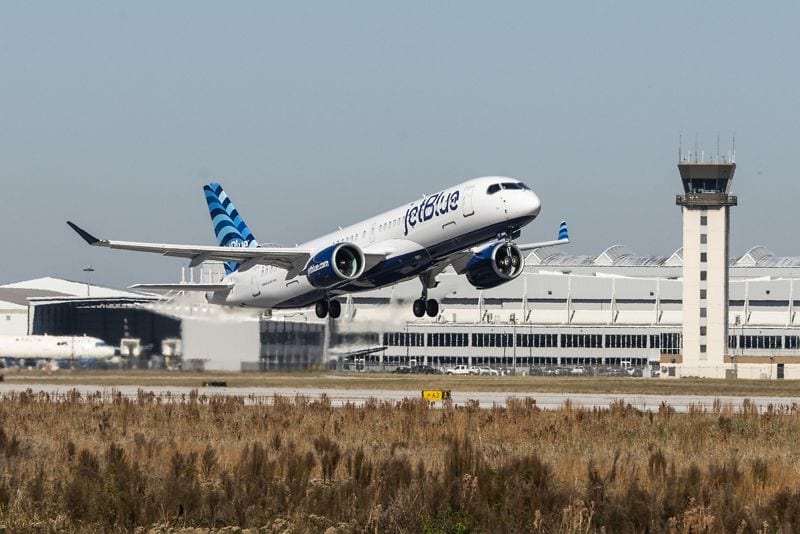
JetBlue has ordered 70 A220 aircraft to be delivered to New York before the end of 2020. (Airbus)
Airbus delivered 566 commercial aircraft to customers in 2020 which was 34 percent fewer than 2019, according to a Jan. 8 press release. In April 2020 Airbus adopted an e-delivery system which comprised 25 percent of 2020 deliveries and helped minimize travel.
“Working hand-in-hand with our customers allowed us to navigate a difficult year,” Guillaume Faury, Airbus Chief Executive Officer, said in a press statement. “The Airbus teams, customers and suppliers truly pulled together in the face of adversity to deliver this result. We also thank our partners and governments for their strong support to the sector. Based on our 2020 deliveries we are cautiously optimistic as we look into 2021, although challenges and uncertainties remain high in the short term.”
Airbus also recorded 383 new orders in all market segments and 115 cancellations bringing their order backlog to 7,184 aircraft.
Lufthansa Raised 500 Million Euros Using Eight Aircraft in Re-financing Efforts
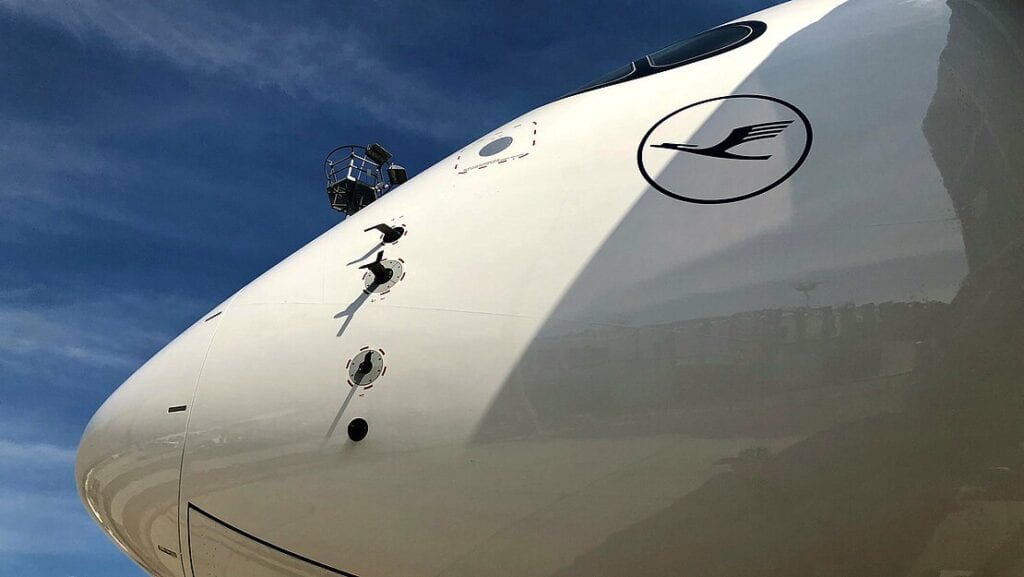
Lufthansa used five of its A350s, pictured here, and three A320 model aircraft to raise more than 500 million euros during the second half of 2020, the airline reported on Jan. 7, 2021.
Deutsche Lufthansa AG has raised a total of around €500 million by using aircraft as security in several financing transactions completed during the second half of 2020, the German carrier said in a Jan. 7 press release.
The airline used three of its Airbus A320s and five A350s as securities for “various financing instruments,” including lease back financing, secured loans and promissory notes, according to the release. Several Asian and European banks and investors participated in the financing, increasing Lufthansa’s total financing raised in all of 2020 to more than €2 billion.
“We have taken another successful step in refinancing existing liabilities which are maturing in 2021, Wilken Bormann, executive VP of corporate finance for Lufthansa Group, said in the release. “The transactions once again demonstrate the confidence the market has in our company and our restructuring measures. We have a wide range of financing instruments at our disposal and aircraft financing will continue to play a key role in our financing strategy as it offers financially attractive conditions.”
Air Traffic Management
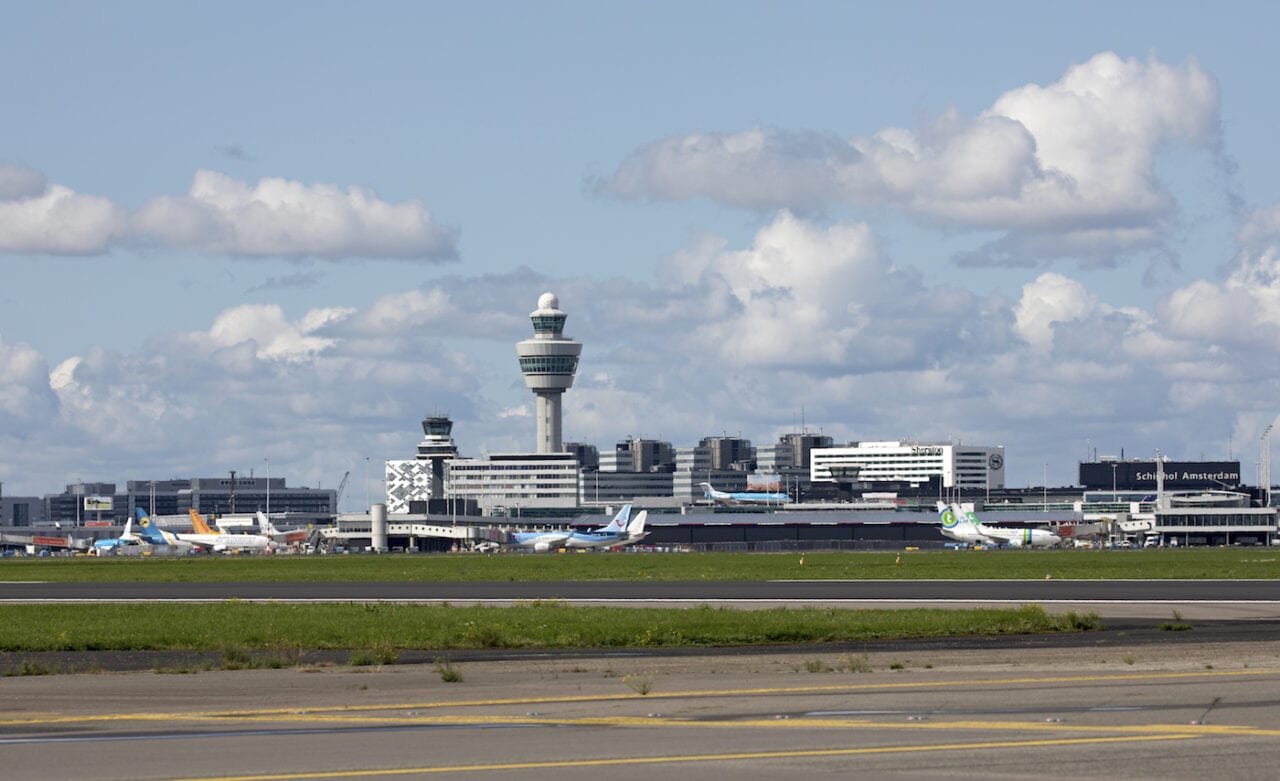
Eurocontrol’s new “Think Paper” provides a look back at a year like none other, using their own unique network data
to show the impacts on European aviation, and looks ahead to 2021. (Schiphol Airport)
Eurocontrol ‘Think Paper’ Provides Outlook for European Air Traffic in 2021
On Jan. 1, Eurocontrol published its first “Think Paper” of the new year, analyzing how COVID-19 impacted flights in Europe last year and how the region’s airlines can expect a continued slow recovery of passenger demand to pre COVID-19 air traffic levels in 2021.
Developed based on data taken from Eurocontrol’s network traffic aviation databases, the Think Paper further predicts the recovery in passenger demand for European airlines to start ramping back up by the summer.
“The COVID crisis has dramatically affected in social and economic terms all actors in the European aviation value
chain. Pan-European ANSP losses are estimated at €4.9 billion – of which they can expect to recover €4.5 billion
from airspace users over the next decade, resulting in an overall net loss of €0.4 billion,” the agency said in the new paper.
Some of the statistics reported by Eurocontrol tell the story of how the pandemic impacted European airlines in 2020:
- €56.2 billion in combined losses for airlines, airports and Air Navigation Service Providers (ANSPs)
- 1.7 billion fewer passengers
- 6.1 million fewer flights than 2019
- 51 percent of all aircraft grounded at year-end
European traffic for 2021 is expected to recover to 51 percent of 2019 levels, with faster recovery expected from the summer onwards.
Check out Eurocontrol’s full Think Paper here.
1980s Level Air Traffic in 2020
DFS Deutsche Flugsicherung recorded 56.2 percent fewer flights in 2020 bringing them back to pre-reunification levels, according to a Jan. 7 press release. In 1989 the Federal Republic of Germany record 1.47 million flights in their airspace. In 2020 there were only 1.46 million flights compared to 3.33 million in the previous year.
“Passenger traffic has been particularly hard hit in 2020 due to the increasing numbers of coronavirus cases now being recorded in many countries and the travel restrictions once again being imposed as a result of this,” Dirk Mahns, Chief Operations Officer (COO) at DFS, said in a press statement.
However, air freight only saw modest reductions in 2020.
“Airports that handle a high proportion of freight have therefore observed significantly fewer drops in traffic,” Mahns said.
Unmanned
FAA Drone Advisory Committee Expands
The Federal Aviation Administration (FAA) made 12 new appointments to its Drone Advisory Committee (DAC), the FAA announced in a Jan. 5 press release. The DAC is a 35 member committee that represents unmanned aircraft system (UAS) interests across industry, research, academia, retail, technology, and state and local government.
“As the UAS industry continues to evolve, it is important to have DAC members who mirror the many facets of this fast-growing industry. We know the members will help the FAA ensure the highest level of safety while keeping pace with the new and innovative technology for UAS,” FAA Administrator Steve Dickson said in a press statement.
The new DAC members will serve two-year terms advising the FAA on strategies for integrating UAS into the national airspace, according to the release.
The new members are:
- Seleta Reynolds, General Manager, Los Angeles Department of Transportation
- Dr. Paul Hsu, Founder and Chair, HSU Foundation
- Matt Parker, President, Precision Integrated Programs
- Molly Wilkinson, Vice President, Regulatory Affairs, American Airlines
- Brad Hayden, Founder and Chief Executive Officer, Robotic Skies
- David Carbon, Vice President and General Manager, Amazon Prime Air
- Adam Bry, Co-founder and Chief Executive Officer, Skydio
- Kenji Sugahara, President and Chief Executive Officer, Drone Service Providers Alliance
- Brandon Torres Declet, Chief Executive Officer and Co-Founder, MEASURE
- Dr. Jaiwon Shin, Executive Vice President, Head of UAM Division and Chief Executive Officer, Genesis Air Mobility
- Dr. Catherine Cahill, Director, Alaska Center for Unmanned Aircraft Systems Integration
- Vic Moss, Owner, Moss Photography
Military
Skyborg Vanguard Program to Include General Atomics
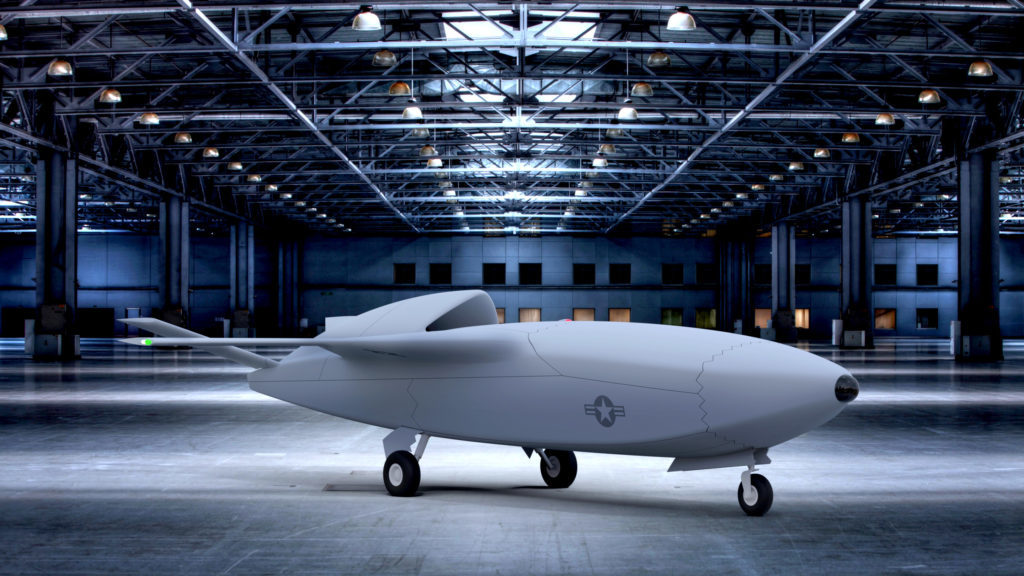
A Skyborg conceptual design for a low cost attritable Unmanned Combat Aerial Vehicle.
General Atomics Aeronautical Systems, Inc. (GA-ASI) will modify two Avenger Remotely Piloted Aircraft (RPA) for use in the Air Force Life Cycle Management Center’s (AFLCMC) Skyborg Vanguard Program, according to a Jan. 6 press release.
“GA-ASI is excited to continue working with the Air Force to advance the Skyborg concept,” GA-ASI President David R. Alexander said in a press statement. “Our ongoing investments in advancing unmanned systems over the past 30 years provide a critical advantage for fast-tracking development time and reducing overall program risk.”
Skyborg will use artificial intelligence (AI) and machine learning (ML) to become the foundation of Air Force unmanned combat aerial vehicles, according to the release. The RPA will be upgraded with datalinks, payloads, and the core Skyborg System Design Agent (SDA).
“The Avenger platform is a jet-powered, advanced RPA that is well understood and has undergone more than a decade of research and design,” Alexander said. “We have already shown its suitability as a next-generation host for advanced AI software. This next phase of integration will combine the Skyborg software with GA-ASI hardware, in order to prove that a dynamic mix of manned and unmanned aircraft can communicate, collaborate, and fight together.”
$1.28 Billion Contract to Lockheed for 2021 F-35 Sustainment
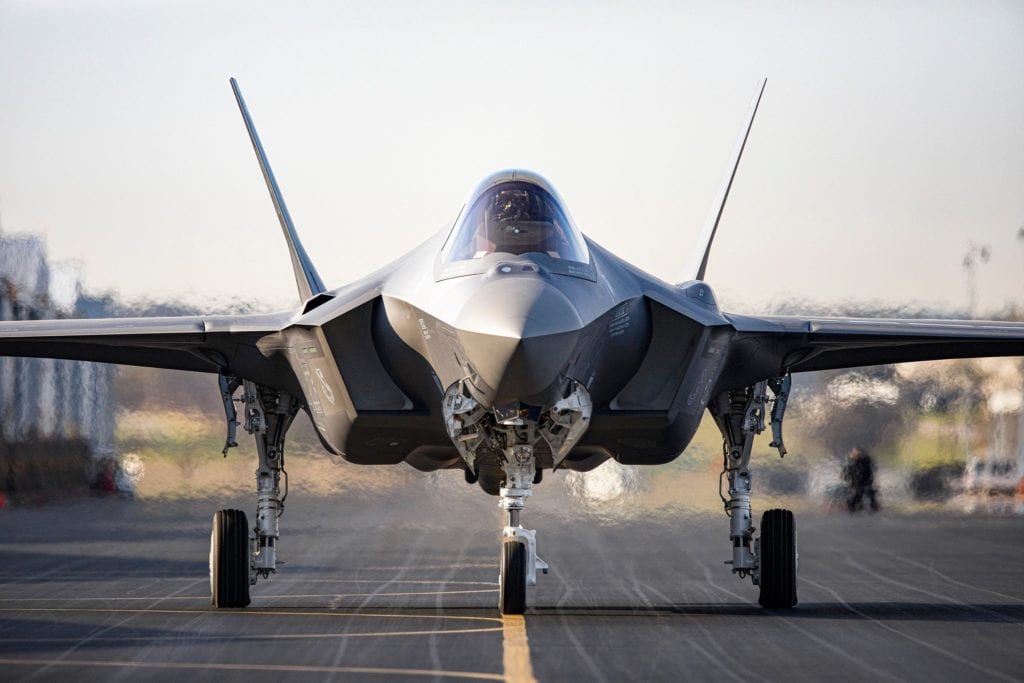
Eilson AFB, Alaska received its first two F-35A Lightning IIs on Apr. 21 (United States Air Force Photo)
Lockheed Martin was awarded a $1.28 billion Undefinitized Contract Action (UCA) from the F-35 Joint Program Office for sustainment through June 30, 2021, according to a Jan. 6 press release. The contract will fund sustainment experts supporting worldwide operations, individual bases, depot maintenance, pilot and maintainer training, and sustainment engineering worldwide.
“This contract ensures F-35s remain ready to fly and accomplish the warfighter’s mission,” Bill Brotherton, Lockheed Martin F-35 program acting vice president and general manager, said in a press statement. “We continue to see improvements in readiness and cost, and as the fleet grows, so does the opportunity for the joint government and industry team to collaborate, realizing even more long-term benefits.”
France Signs LOA To Buy Three E-2Ds
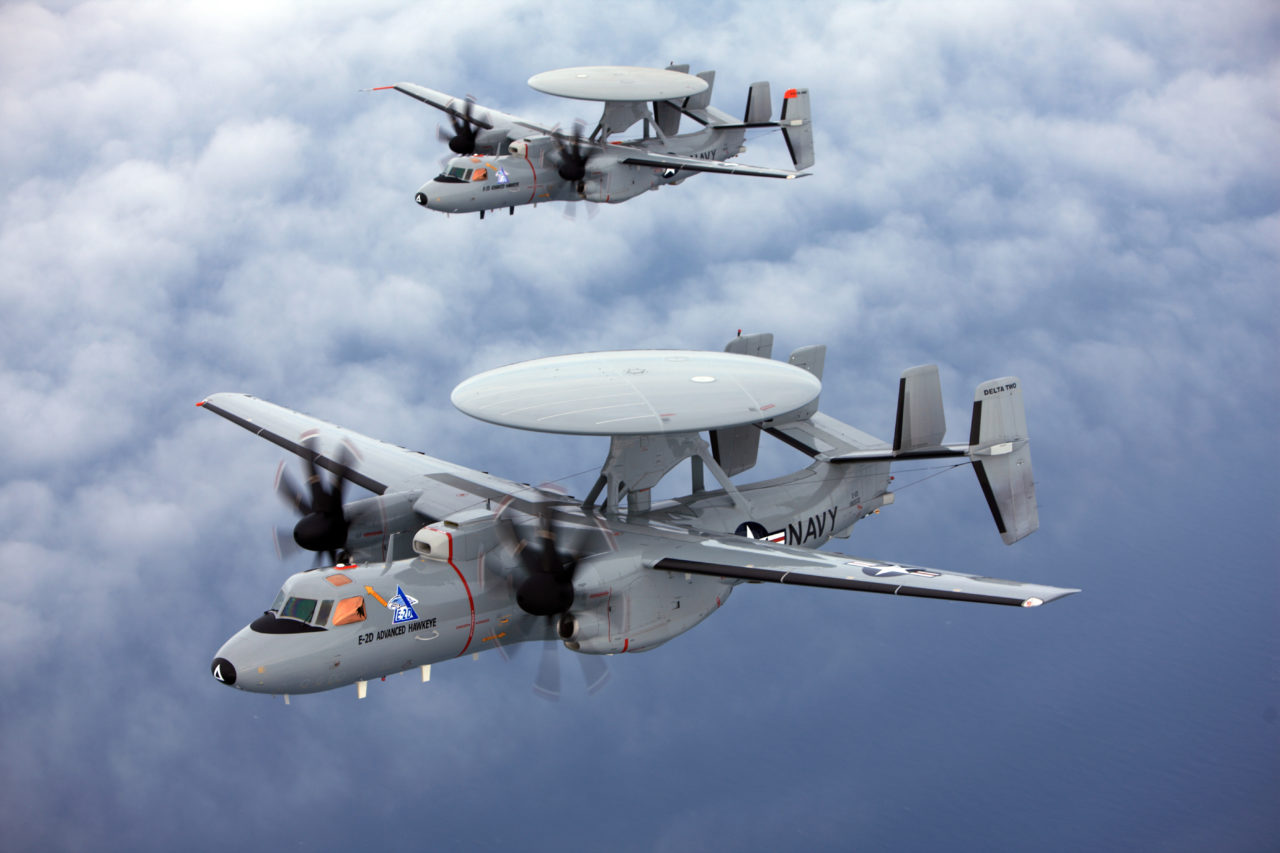
The E-2D Advanced Hawkeye. (Northrop Grumman)
France signed Letter of Offer and Acceptance (LOA) to buy three E-2D Advanced Hawkeye (AHE) aircraft for the U.S. Navy worth up to $2 billion on Dec. 2, the U.S. Navy said in a Jan. 5 press release.
The LOA comes after the State Department previously approved the Foreign Military Sale to France Jul. 6, 2020.
At the time, the Defense Security Cooperation Agency said France would use the aircraft as a sustainable follow-on capability to its legacy E-2C Hawkeye aircraft while expanding French naval aviation capabilities and maintaining interoperability with U.S. forces.
“The E-2/C-2 program office is looking forward to continuing a longstanding partnership with France and beginning a new chapter with the E-2D,” Capt. Pete Arrobio, program manager of the E-2/C-2 Airborne Command & Control Systems Program Office (PMA-231), said in a press statement.
The three aircraft are scheduled to be delivered by 2028, replacing the current three E-2C Hawkeyes in-service with the French navy, Marine Nationale.
Embedded Systems
Embedded Tech Trends 2021 Goes Virtual
Embedded Tech Trends, the industry-wide forum where suppliers of component, board and system level solutions can meet exclusively with members of relevant industry media to discuss technologies, trends, and products, is back in a new format this year.
Hosted by VITA, the annual event has become one of the leading gatherings to unveil new and exciting advancements for the embedded systems segment of the global aviation electronics industry.
This year, VITA is making Embedded Tech Trends all-virtual, on Jan. 25.
A preliminary agenda is planned to be published on VITA’s website, and attendees can register for the event here.


